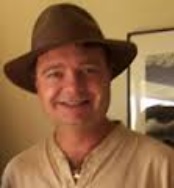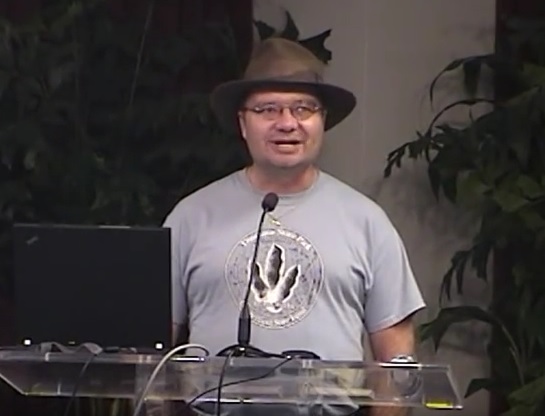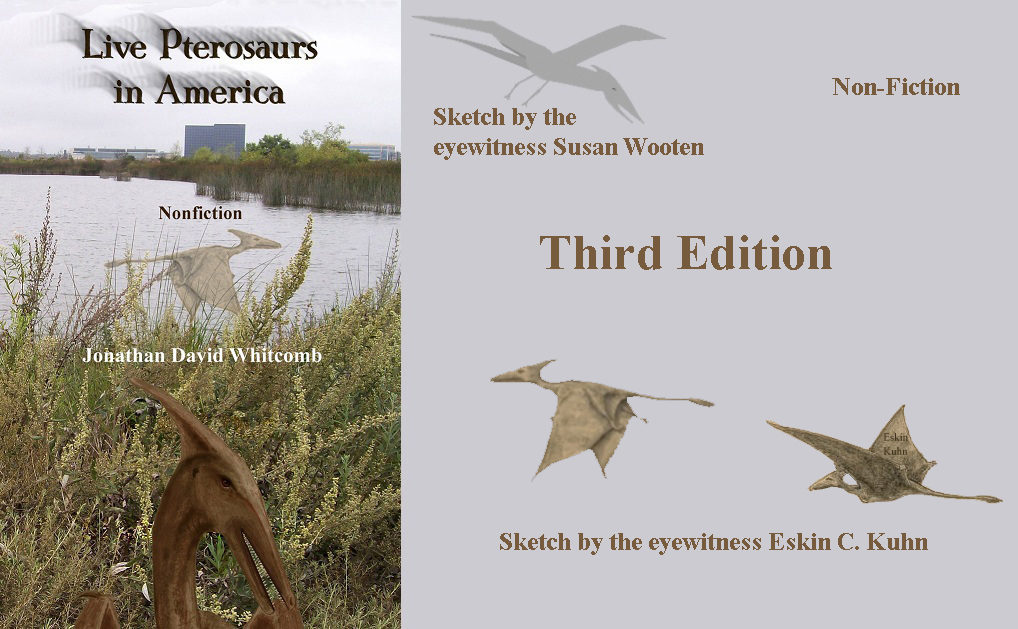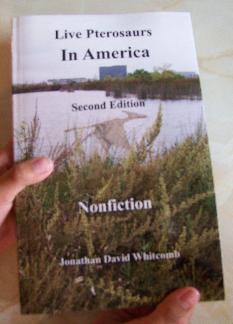By living-pterosaur expert Jonathan Whitcomb
Ten years ago this summer (2007), the young cryptozoologist Scott T. Norman had a sighting of an apparent Pteranodon in Central California. I will not allow his encounter to evaporate from the memory of cryptozoology enthusiasts. He was a highly respected investigator, having gone on an expedition to Cameroon, Africa, in 2001, in search of the Mokele-mbembe, what some cryptozoologists believe is an extant sauropod dinosaur.
I think it’s time to say more about the sighting location than I have done in the past. It’s been ten years now, long enough, I think, for the explorers to have done their searching in secrecy. I will not reveal the precise location, only that it may be in the Fresno area of California. Scott Norman would probably have agreed for that general revelation to be made, since it’s been ten years since his pterosaur sighting. Chad Arment had already revealed the general location (Fresno area) in early 2008.
.
Scott Norman talks about his pterosaur sighting (about two days after the encounter)
.
Overview of Encounter
- Sighting was at about 2:00 a.m.
- It flew overhead, over a building and into a field
- At least 8-10 feet in wingspan
- The wings were bat-like
- The flying creature had a head crest: at least two feet long
- It flew completely silently
- Sighting was for 15-20 seconds
- Scott was the most skeptical of the observers
- It looked like a pterosaur, but he was not 100% sure
.
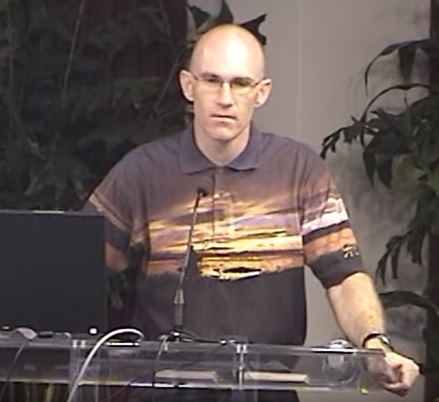
Garth Guessman also lectured on living pterosaurs (2007, in California)
.
From Garth (at the same meeting in 2007)
- Big flying creature in that area
- Has a big head crest
- Long tail has a diamond-shaped flange
- Pterosaur-like wings
.
Missing Persons: Strange Cases in National Parks
One of the American national parks that has been long plagued by strange cases of missing persons is Yosemite, in central California. I doubt that it is only a coincidence that some of the eyewitnesses of pterosaurs in California have reported huge flying creatures.
I do not speculate that the apparent Pteranodon observed by Scott Norman, in the Fresno area of California in 2007, was one of the those that may have attacked people, but some of the apparent pterosaurs seen in this state seem to be even larger than the one seen by Scott.
Youtube Video on Pterosaur Sightings in the USA
Watch the following mini-documentary on these flying creatures:
###
.
Scott Norman and the “Pterodactyl” Photograph
. . . the large sizes of apparent extant pterosaurs, reported by some eyewitnesses in North America, may be connected to some of the more mysterious missing-persons cases that have never been solved.
.
Nonfiction dragons, or “pterodactyls,” as described by eyewitnesses around the world, beginning in Papua New Guinea . . . the “Bible of modern pterosaurs” . . . Searching for Ropens and Finding God [nonfiction book]
.
Scott Norman, Pterosaur Eyewitness
Scott T. Norman, American cryptozoologist and explorer, passed away on February 29, 2008, at the age of forty-three. He was a passionate investigator of cryptids, even taking part in an expedition in central Africa to search for the Mokele-Mbembe.
.
Missing persons and modern pterosaurs
Some of the strangest missing-persons cases may relate to a few individual animals of one species of ropen in North America . . . [a theoretical example follows] When a person is alone in a wilderness area in the United States, a large hungry ropen may attack, subduing the human by a mist or vapor that is debilitating when inhaled by prey.
.
Flying Creatures and Missing Persons
I’ve finished reading the nonfiction [book] Missing 411 Western United States & Canada, by David Paulides, an extraordinary book that brings up many questions.
.

